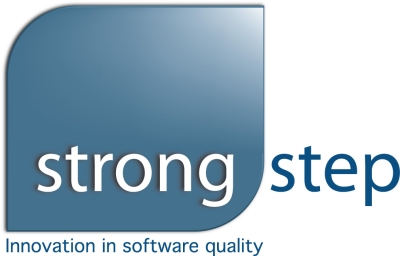Keynote: Joseph Yoder
Big Ball of Mud: Is This the Best that Agile can Do?
Joseph Yoder, The Refactory, Inc
It was back in ‘97 when Brian Foote and I first opined that: while much attention had been focused on high-level software architectural patterns, what is, in effect, the de-facto standard software architecture had seldom been discussed: the Big Ball of Mud. A Big Ball of Mud is haphazardly structured, sprawling, sloppy, duct-tape and bailing wire, spaghetti code jungle. We’ve all seen them. These systems show unmistakable signs of unregulated growth, and repeated, expedient repair. Information is shared promiscuously among distant elements of the system, often to the point where nearly all the important information becomes global or duplicated. The overall structure of the system may never have been well defined. If it was, it may have eroded beyond recognition. Programmers with a shred of architectural sensibility shun these quagmires. Only those who are unconcerned about architecture, and, perhaps, are comfortable with the inertia of the day-to-day chore of patching the holes in these failing dikes, are content to work on such systems. Somewhat to our astonishment, since our original statement, no one has ever undertaken to dispute this premise. Still, this approach endures and thrives. Why is this architecture so popular? Is it as bad as it seems, or might it serve as a way-station on the road to more enduring, elegant artifacts? What forces drive good programmers to build ugly systems? Can we avoid this? Should we? How can we make such systems better?
This keynote will examine the paradoxes that underlie Big Balls of Mud, what causes them, and why they are so prominent. What Agile Practices help us avoid or cope with mud? Does Agile practices such as TDD really help minimize mud? What are we doing RIGHT? What Agile Practices contribute to the problem? Encourage mud? Is Mud really the best that Agile can do? Is Agility’s utilitarian focus on process rather than design its secret weapon, or its Achilles heel?































